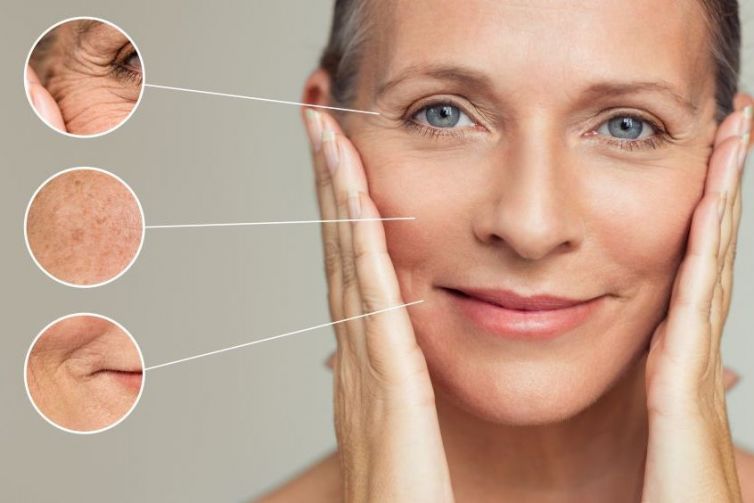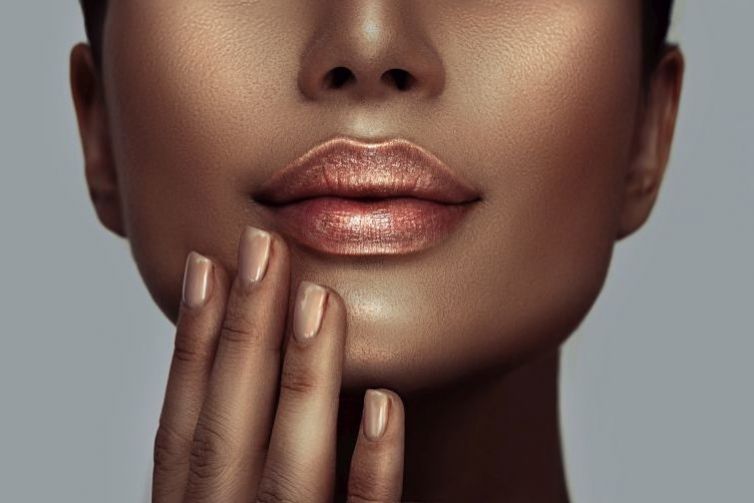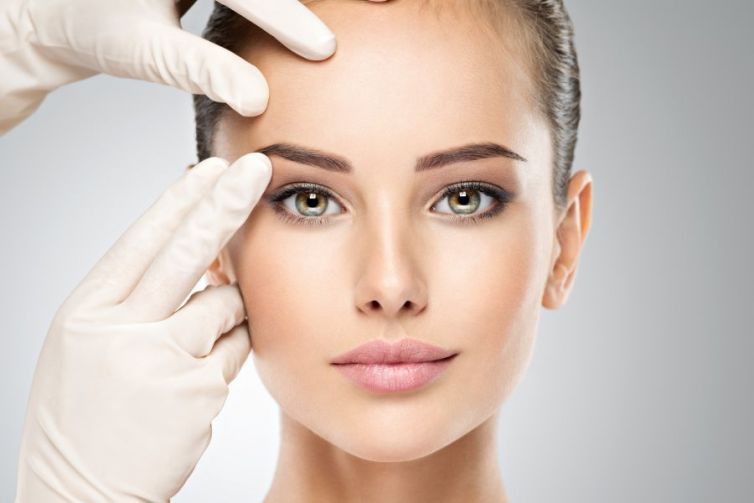The nose is one of the most important sensory organs. On the one hand, it carries out essential functions for health and well-being, and on the other, it contributes significantly to one’s appearance. Unfortunately, the nose does not always match our preferences of shape and size. The nose can be conspicuous, disproportionate and can disturb the harmony of the face.
A nose job is usually performed with a small incision on the bridge and the inside of the nose. The nose consists of two parts: bone and cartilage. Depending on where the anatomical deviations are present, sometimes the bony nasal skeleton needs to be altered, as well. Use of the most modern surgical procedures, such as ultrasonic surgery (piezo surgery) that keeps the soft tissue intact, can reduce postoperative facial swelling and bleeding to a minimum to ensure quick recovery.
3D diagnostics using digital volume tomography (DVT) prior to the operation allows us to determine which of the internal nasal structures are responsible for any obstruction of nasal breathing.
m3 knows that rhinoplasty requires both the shape and function of the nose be taken into account. Prof. Dr. dr Koch’s expertise and comprehensive training at various ENT clinics across Germany and in plastic surgery at Yale University (USA), more than qualifies him to perform precise corrections of the nasal septum (the partition wall of the nose) and the inner nasal valve. After a septum is corrected, it is stabilized for two weeks with the support of silicone shields. In addition, a nasal plaster is inserted for at least 1 week, up to 3 weeks in the case of an alteration of the bone.
Dorsal humps are largely affected by the position and size of the features of the midface. Such humps can not only obstruct nasal breathing, but also lead to sleep apnea.
Prof. Dr. dr Koch, as a plastic facial surgeon, thoroughly considers all anatomical variations of the entire facial skeleton to identify the cause of a certain obstruction to be able to treat it accordingly.
In summary, if you leave your operation in the hands of our team, you’ll benefit from advanced DVT diagnostics, comprehensive assessment of all anatomical aspects of the face (e.g. midface hypoplasia, nasal breathing obstruction) and unique surgical techniques with the help of piezo surgery (ultrasonic saw), automated cooling (Hilotherm) and self-dissolving tamponades designed to aid in quick recovery and provide a painless postoperative course.
| Rhinoplasty/Nose-Plasty | |
| Procedure duration: | 120-240 minutes |
| Stay/Anesthesia | outpatient/General anesthesia |
| Presentable after just | 14 days |
| Patient can return to exercise in | 3-4 weeks |
| Costs | 6.000-10.000 |
Competent and very nice doctor
Super nice staff and doctor.
Experienced Specialists at m3
Prof. Dr. dr Dr. Koch and his team won me over with three professionally executed operations. The entire team is very friendly. I was 100% satisfied with the modern methods they used… I highly recommend the team!
Likeable and Competent
Dr. Koch skillfully removed a dangerous squamous cell carcinoma (skin cancer) on my forehead. The examination was thorough and he took the time to explain the treatment to me in great detail. The team did a great job on the operation and post-treatment care and calmed all my fears. I would trust them anytime!







